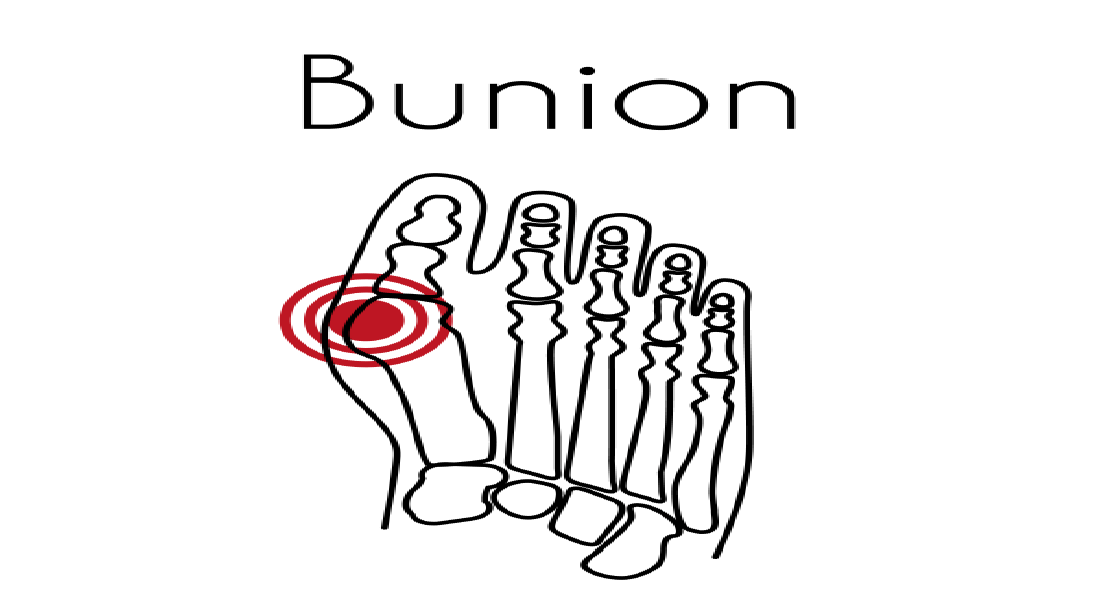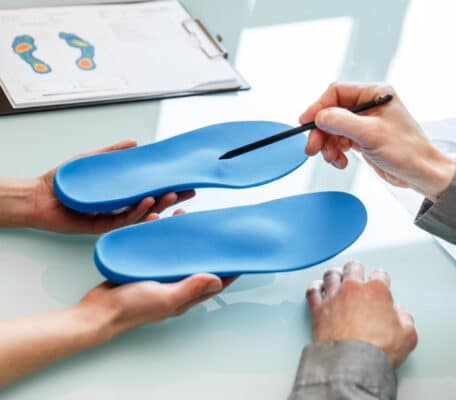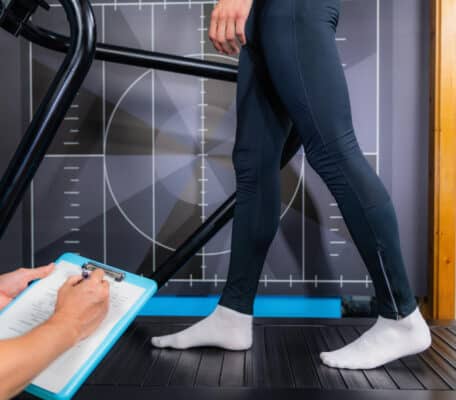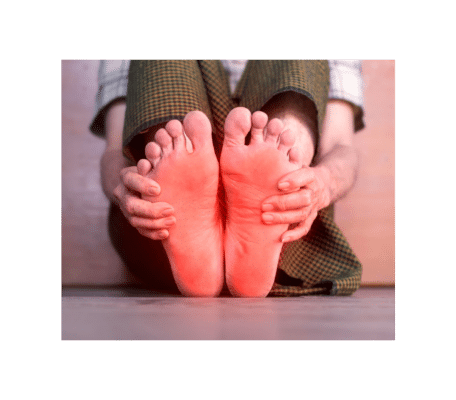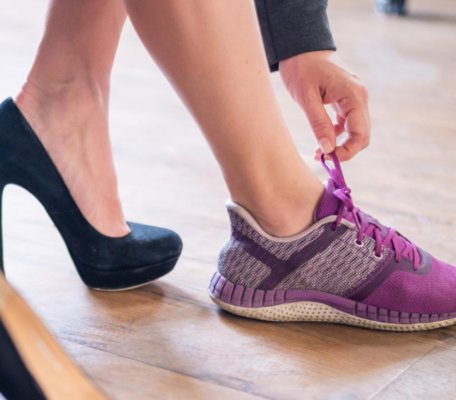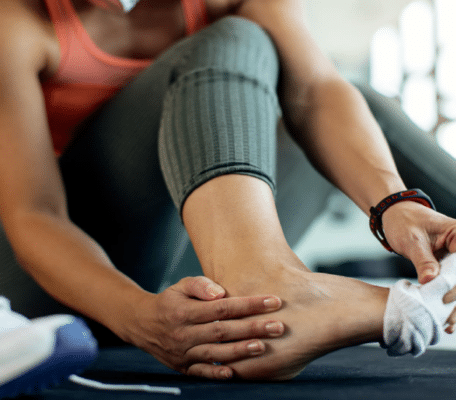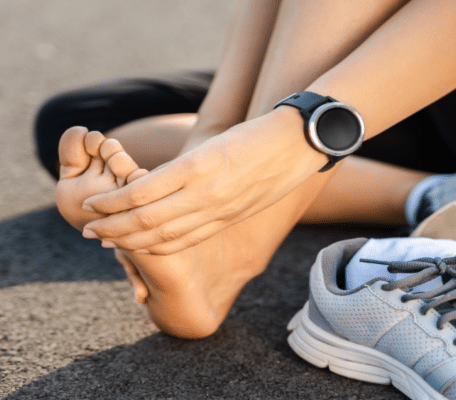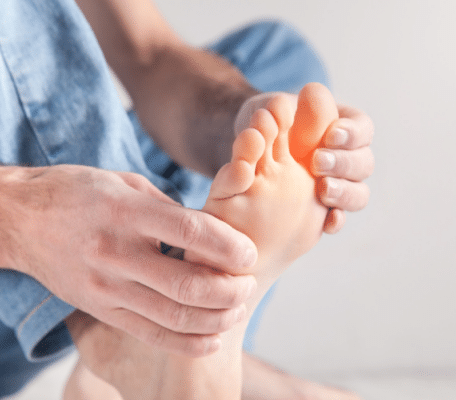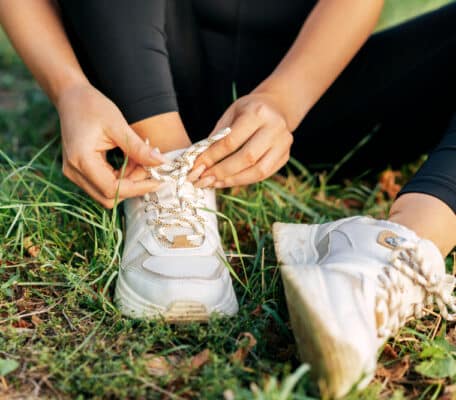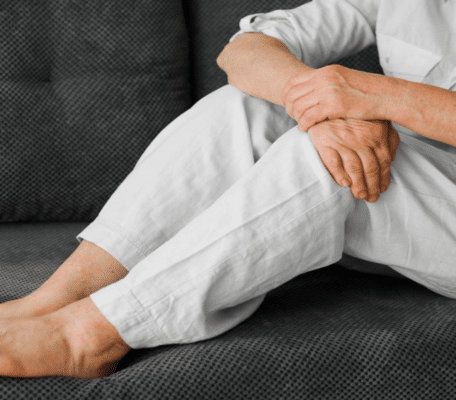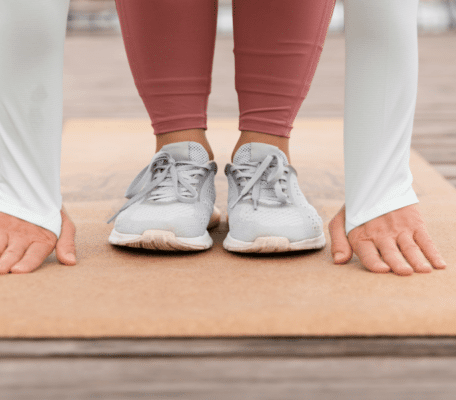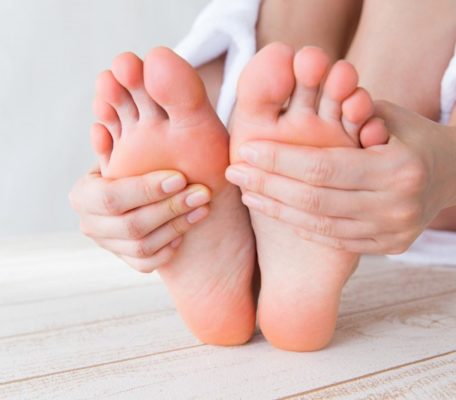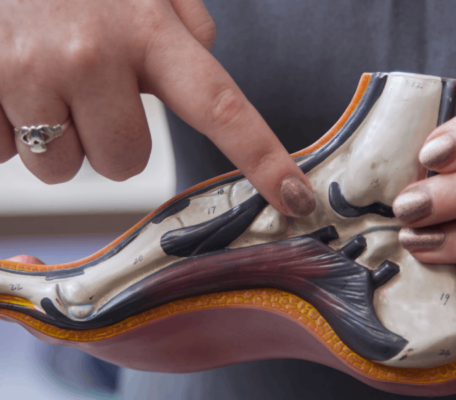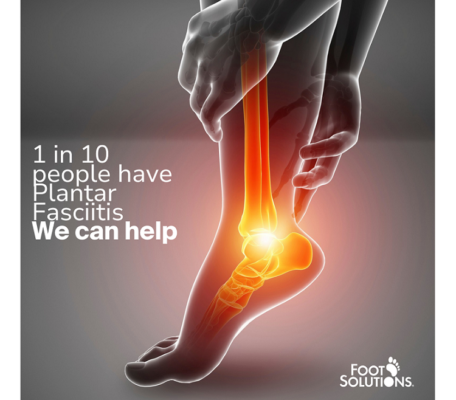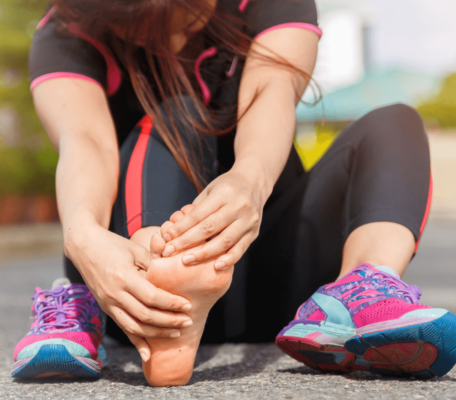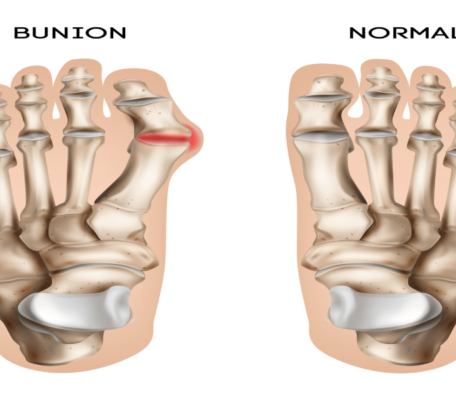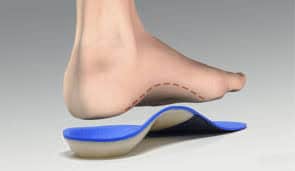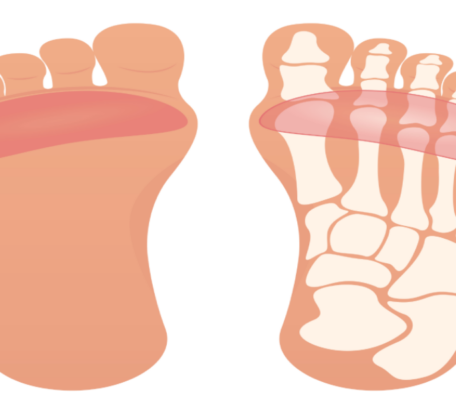
1. What are Bunions?
A bunion is a bony lump that forms on the joint at the base of your big toe. The big toe tends to lean towards the other toes, causing the joint to stick out. Over time, this protrusion can get larger, leading to increased pain and difficulty in walking.
2. Causes and Risk Factors
Genetics
There’s a hereditary component to bunions. If your parents or grandparents had bunions, you’re more likely to develop them.
Foot Structure
Bunions can result from an inherited structural defect or an existing medical condition.
Footwear
Tight-fitting, narrow shoes, and high heels can exacerbate bunion development, especially if they crowd your toes.
Stress on Feet
Jobs that demand a lot of time on your feet or particular activities can contribute to the development of bunions.
3. Symptoms of Bunions
Bunion symptoms vary in intensity and can include:
- A bulging bump on the outside base of your big toe.
- Swelling, redness, or soreness around the big toe joint.
- Corns or calluses formed due to overlapping of first and second toes.
- Continuous or periodic pain.
- Restricted movement of your big toe if arthritis affects the toe.
4. Diagnosis and Treatment
Diagnosis
A doctor can usually identify a bunion by examining the foot. An X-ray may be recommended to gauge the bunion’s severity and assist in treatment planning.
Treatment
Nonsurgical Treatments:
- Shoe choices: Wear wide-toed shoes. Avoid heels higher than two inches.
- Padding and taping: Using bunion pads can help reduce pain.
- Medication: Acetaminophen, ibuprofen, or other nonsteroidal anti-inflammatory drugs can help manage pain.
- Physical therapy: Exercises can help maintain joint mobility and prevent stiffness.
- Orthotics: Shoe inserts can help correct the mechanical foot function.
Surgical Treatments:
For severe cases, bunion surgery, or “bunionectomy”, might be necessary. Surgical options include:
- Osteotomy: Realigning the bones of your foot.
- Exostectomy: Removing the bony bump, but doesn’t correct the underlying deformity.
- Arthrodesis: Replacing the affected joint.
5. Prevention and Foot Care
- Shoe Selection: Choose shoes with a wide toe box and avoid those that cramp or irritate your toes.
- Protect and Pad: Use protective pads to cushion the painful area and reduce stress on the bunion.
- Maintain Foot Strength: Regular foot exercises can prevent the worsening of bunions.
- Regular Check-ups: Consult a podiatrist periodically if you have recurring foot pain.
6. When to Consult a Doctor
Seek medical advice if:
- You notice a visible bump on your big toe joint.
- There’s persistent foot pain, even while resting.
- The movement of your big or little toe is limited.
- You have difficulty finding shoes that fit properly due to the bunion.
7. Conclusion
Bunions are a widespread foot condition, but understanding them is the first step towards managing and treating them effectively. Prioritizing foot health and making informed footwear choices can greatly minimize the risk of bunions or their progression. Should you suspect you have a bunion, it’s essential to consult a healthcare professional or podiatrist to ensure proper care and treatment.

